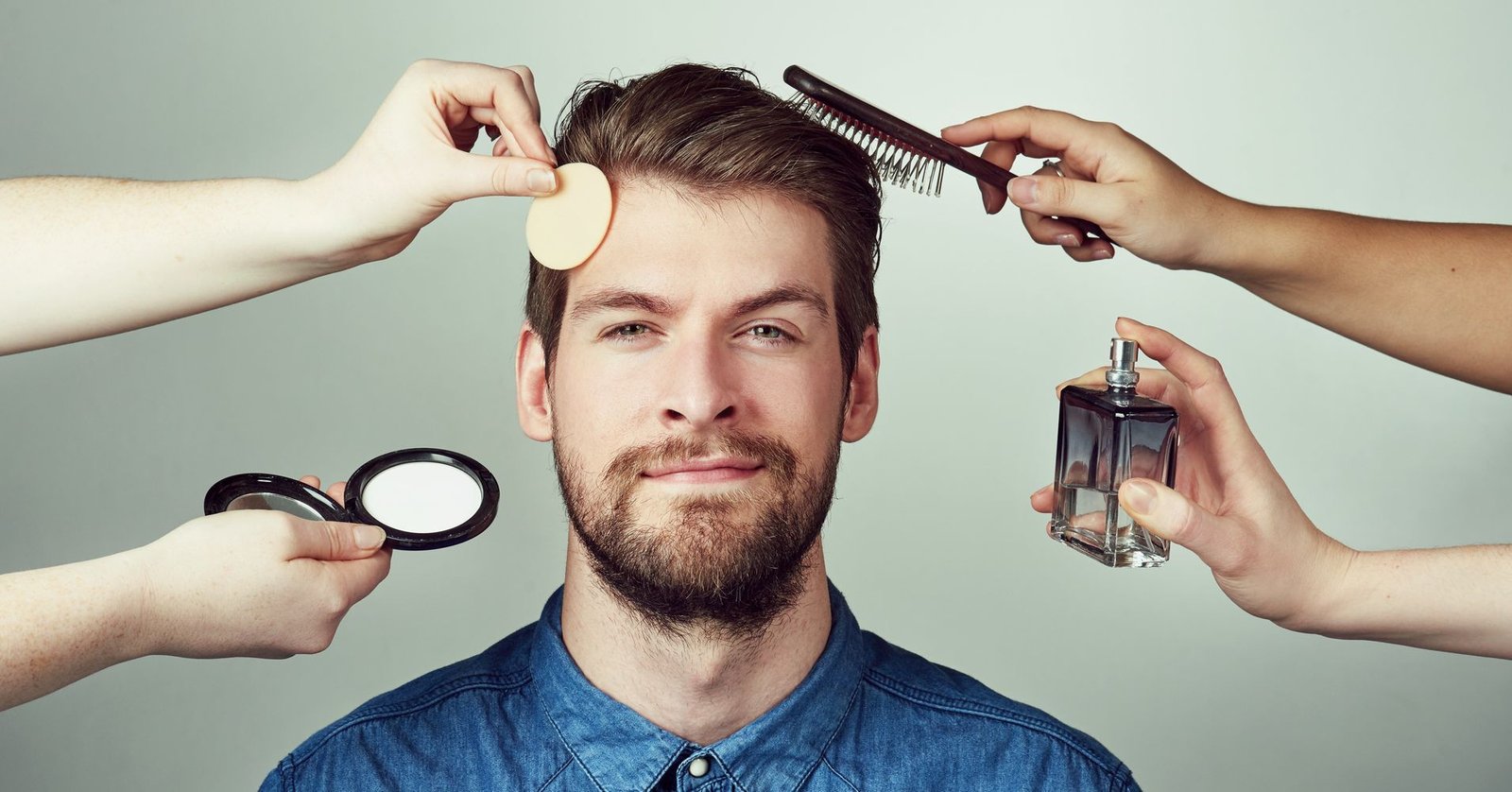Beauty and Grooming: An Essential Investment in Personal Finance
When it comes to personal finance, we often focus on budgeting, saving, investing, and other financial strategies. However, there is one aspect of personal finance that is often overlooked but can have a significant impact on our lives – beauty and grooming.
Investing time and money in beauty and grooming may seem like an unnecessary expense for some people. However, taking care of our appearance goes beyond vanity; it can have a positive impact on various aspects of our lives, including self-confidence, career prospects, relationships, and overall well-being.
First impressions matter. Whether we like it or not, people make judgments about us based on our appearance. Studies have shown that individuals who are well-groomed are more likely to be perceived as competent, trustworthy, and successful. This perception can open doors to new opportunities in both professional and personal life.
In the workplace, maintaining a polished look is essential for success. Employers value employees who take care of their appearance as it reflects professionalism and attention to detail. Dressing appropriately for the job at hand along with proper grooming can increase your chances of getting hired or promoted.
Moreover, when we feel good about how we look physically, our confidence soars. Confidence plays a crucial role in every aspect of life – from social interactions to public speaking engagements. When you feel confident about your appearance due to regular beauty routines such as skincare or hairstyling practices that suit you best – this confidence translates into better performance in different areas of life.
Taking care of ourselves through beauty rituals also contributes significantly to mental health and overall well-being. Self-care activities like spa treatments or even simple daily skincare routines provide relaxation and rejuvenation while reducing stress levels.
While investing time in beauty routines has its benefits for self-confidence and well-being – it’s important not to overlook the financial implications these practices may bring forth too:
1) Budgeting for beauty: It’s crucial to allocate a portion of your monthly budget for beauty and grooming expenses. This can include items like skincare products, haircuts, makeup, or even salon treatments. By planning ahead and setting aside money specifically for these purposes, you avoid the risk of overspending or going into debt.
2) Prioritizing needs vs. wants: Evaluate which beauty and grooming services are essential for your lifestyle and prioritize them accordingly. For example, if you work in a corporate environment that requires a professional appearance, investing in quality skincare products or regular hair maintenance may be necessary. On the other hand, luxury spa treatments could be considered discretionary spending.
3) DIY alternatives: Not all beauty routines require expensive products or professional help. Many tasks like manicures, pedicures, or hairstyling can be done at home with proper tools and tutorials available online. By opting for DIY alternatives where possible, you can save money without compromising on self-care.
4) Researching cost-effective options: When it comes to purchasing beauty products or accessing services such as salons or spas – it pays off to do some research beforehand. Look for discounts, special offers, loyalty programs or compare prices between different providers to find the most cost-effective options without sacrificing quality.
5) Long-term investments: Some beauty practices may involve higher upfront costs but prove more economical in the long run – such as laser hair removal instead of frequent waxing appointments. Consider whether investing in long-term solutions aligns with your financial goals while still fulfilling your needs.
Ultimately, finding the balance between personal finance goals and allocating resources towards maintaining one’s appearance is an individual choice that varies from person to person based on their priorities and values.
While some people may argue that focusing too much on external appearances is superficial and materialistic – there’s no denying that taking care of our physical selves has both tangible benefits on various aspects of life as well as intangible ones linked to self-esteem and overall well-being.
In conclusion, beauty and grooming are essential investments in personal finance. By allocating resources towards maintaining our appearance, we can enhance our confidence, improve career prospects, nurture relationships, and boost our overall well-being. However, it’s crucial to approach these investments with a conscious mindset that aligns with one’s financial goals and priorities. With proper planning and budgeting, beauty rituals can become an integral part of a holistic approach to personal finance.

